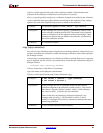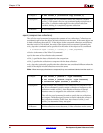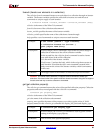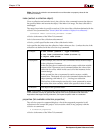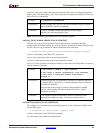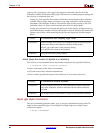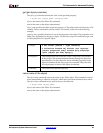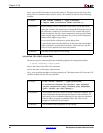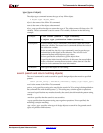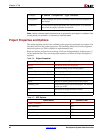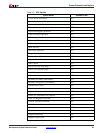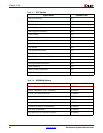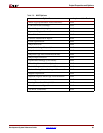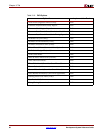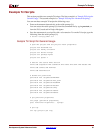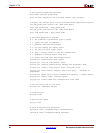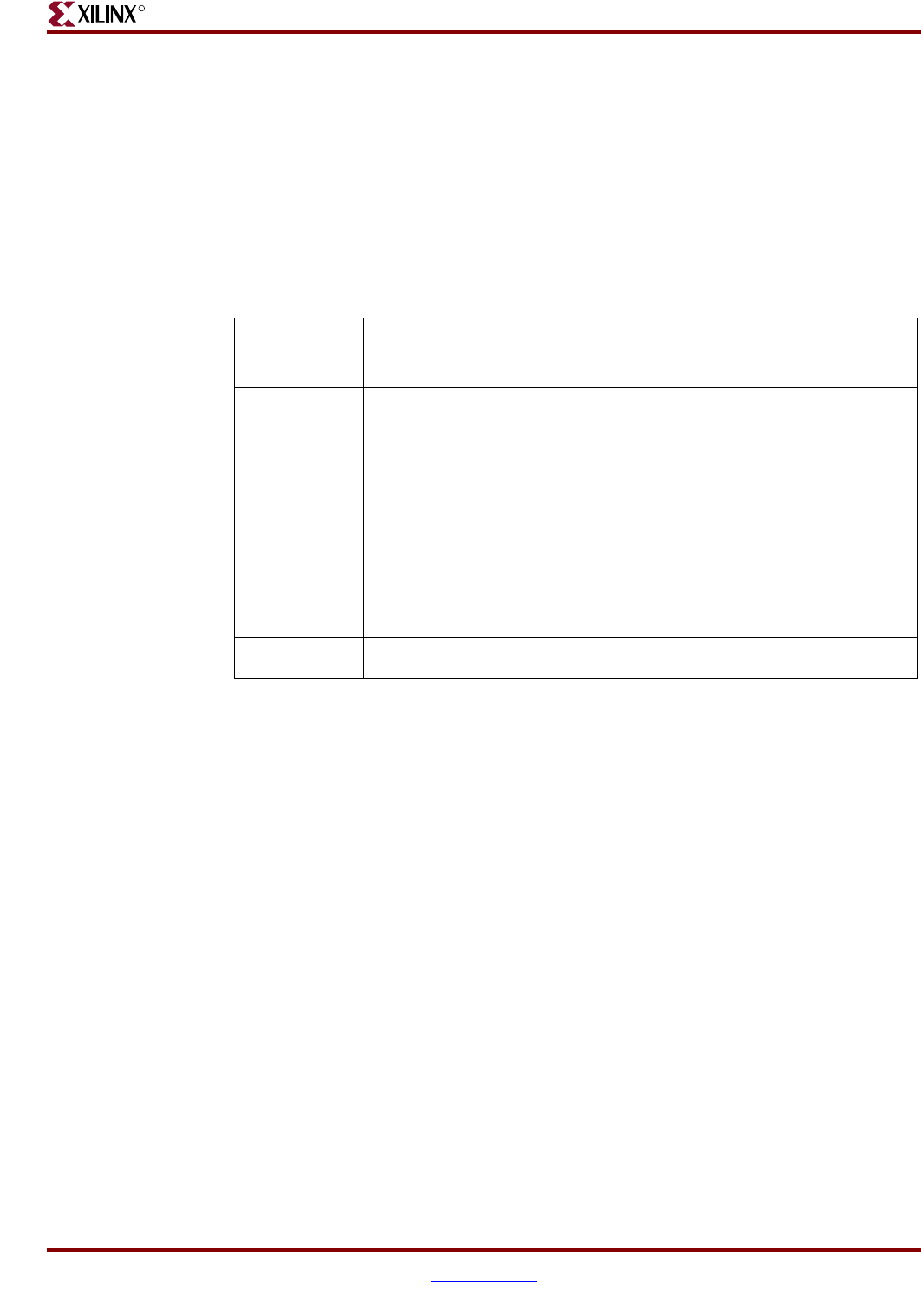
Development System Reference Guide www.xilinx.com 91
Tcl Commands for Advanced Scripting
R
type (type of object)
The object type command returns the type of any Xilinx object.
% object type <object_name>
object is the name of the Xilinx Tcl command.
name is the name of the object subcommand.
object_name specifies the object to return the type of. The object name will always be a Tcl
variable. The set command is used to create a Tcl variable, as shown in the following
example.
search (search and return matching objects)
The search command is used to search for specific design objects that match a specified
pattern.
search <pattern_string> [-exactmatch][-matchcase][-regexp][-type <object_type>]
search is the name of the Xilinx Tcl command.
pattern_string specifies a string to be used for the search. In Tcl, a string is distinguished on
the command line with double quotes (“). This string may contain regular expressions.
-exactmatch specifies that any matches found by the search, should match the pattern string
exactly.
-matchcase specifies that the search is case-sensitive.
-regexp specifies that the pattern string uses regular expressions. If not specified, the
matching is simple matching.
-type <object_type> specifies what type of design objects to search for. Supported search
types are partition and instance.
Example: % set colVar [search * -type instance]
% object type [collection index $colVar 1]
Description: In this example, the set command is first used to create the colVar
collection variable. The nested search command defines the value of
the collection variable.
In the second line, the object type command is used to get the type
information for the object in the collection. The collection index
command defines which object to get, where:
$colvar specifies the collection to get the object from.
1 specifies the index into the collection. In this case, the second object
in the collection is returned because index values start at 0. See the
collection index command for more information.
Tcl Return: The type of the object as a text string.



